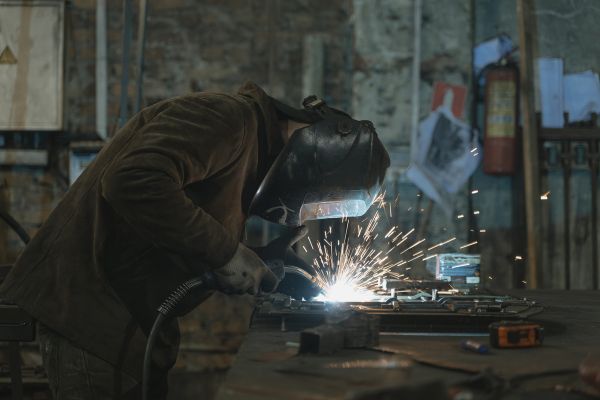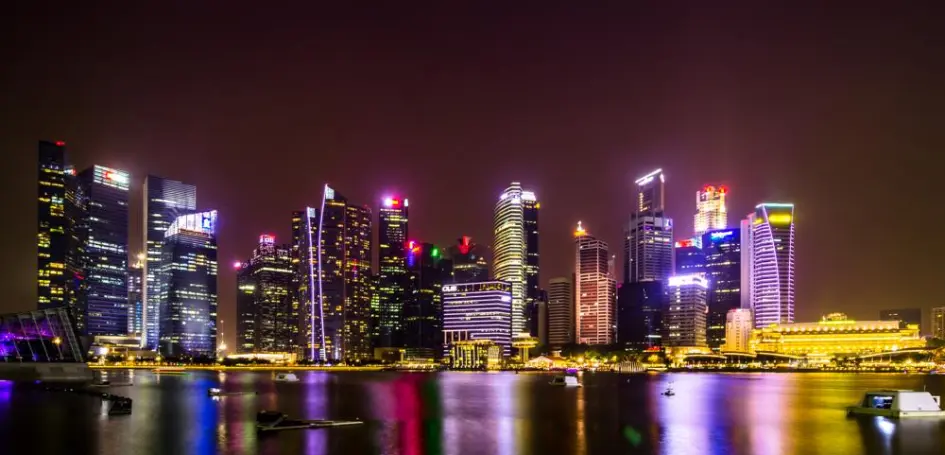In the intricate dance between metal and mastery, welder fabricators emerge as the artisans who bring structure and form to raw materials.
This article delves into the multifaceted world of welder fabricator job description, exploring their responsibilities, skills, and the indispensable role they play in shaping our industrial landscape.
Welder Fabricator Job Description
1.1 Definition
A welder fabricator is a highly skilled professional responsible for fusing metals through various welding techniques and transforming them into functional structures or products.
This role demands a profound understanding of different welding methods, blueprint interpretation, and proficiency in using a diverse range of tools and machinery. Welder fabricators are, essentially, the bridge between conceptual designs and tangible metal creations.
1.2 Key Responsibilities
Welder fabricators wear many hats, juggling an array of responsibilities to bring projects from conception to completion. These responsibilities include:
- Welding Techniques: Welder fabricators must be masters of their craft, possessing expertise in various welding processes such as MIG (Metal Inert Gas), TIG (Tungsten Inert Gas), and arc welding.
- Blueprint Interpretation: The ability to decipher complex technical drawings is a crucial skill. Welder fabricators must be adept at translating these intricate blueprints into precise and structurally sound metal components.
- Metal Cutting: Proficiency in cutting metal is essential. This involves using different tools like plasma cutters, oxy-fuel torches, and saws to shape the raw materials into the desired forms.
- Material Selection: A deep knowledge of different metals and alloys is necessary to choose the right material for specific projects. This includes considering factors such as strength, durability, and corrosion resistance.
- Quality Control: Ensuring that welded structures meet industry standards and specifications is paramount. Welder fabricators play a vital role in maintaining the quality and integrity of the final product.
2. Skills Required
2.1 Technical Skills
- Welding Proficiency: Mastery in various welding techniques is a cornerstone of the welder fabricator’s skill set. This includes staying abreast of advancements in welding technology and techniques.
- Blueprint Reading: An understanding of technical drawings and the ability to bring them to life accurately is a fundamental technical skill. This involves interpreting symbols, dimensions, and specifications.
- Metalworking Tools: Competence in using a variety of tools and machinery for cutting, shaping, and assembling metal is essential. This includes not only welding equipment but also grinders, drills, and presses.
2.2 Soft Skills
- Attention to Detail: Precision is paramount in welding, and a keen eye for detail ensures flawless craftsmanship. Small errors in welding can lead to structural issues, making attention to detail a non-negotiable skill.
- Problem-Solving: The ability to troubleshoot and find creative solutions to challenges in the fabrication process is a valuable skill. This involves adapting to unforeseen obstacles and adjusting the approach to ensure project success.
- Teamwork: Collaboration with other professionals, such as engineers and designers, is crucial for successful project completion. Welder fabricators often work as part of a team, requiring effective communication and coordination.
3. FAQs
3.1 What qualifications are required to become a welder fabricator?
To become a welder fabricator, one typically needs a high school diploma or equivalent. Many professionals pursue vocational training or certification programs in welding and metal fabrication. Additionally, some employers may require on-the-job experience or specific certifications in welding techniques.
3.2 Is welding fabricator a physically demanding job?
Yes, welding fabrication is physically demanding. It requires standing for long periods, working in various positions, and lifting heavy materials. Safety precautions, including the use of personal protective equipment (PPE) such as welding helmets, gloves, and safety boots, are essential to mitigate physical risks associated with the job.
3.3 What industries commonly employ welder fabricators?
Welder fabricators find employment in diverse industries such as manufacturing, construction, automotive, aerospace, and shipbuilding. They contribute their skills to the creation of everything from structural components for buildings to intricate metal parts for machinery and vehicles.
Conclusion
Welder fabricators stand as the architects of the industrial realm, crafting the foundations of modern infrastructure.
Their skills, ranging from welding techniques to blueprint interpretation, make them indispensable contributors to various industries.
As we continue to evolve, welder fabricators will undoubtedly remain the backbone of structural innovation, shaping the world we live in with their melding of skill and metal.
Their intricate dance with metal not only builds tangible structures but also signifies the resilience and adaptability of human craftsmanship. In the dynamic landscape of industry, welder fabricators are the silent heroes, weaving together the threads of innovation and progress.






